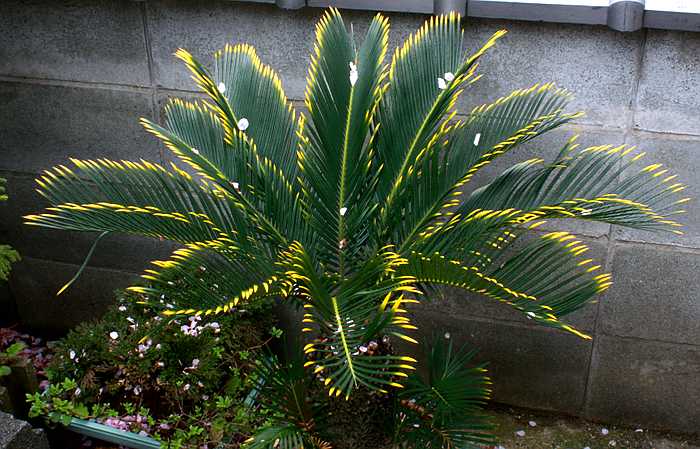Cool. I love cycads. They're fascinating plants.
A little bit of a tangent, here ... Back around 2002 or 2003 I found out that this species is supposedly hardy in my area. We regularly get winter lows in the teens (fahrenheit) and rarely down into the single digits, so I wasn't convinced of the hardiness. However, I decided to try one outside in the garden.
The cycad did well all spring, summer and fall, but unfortunately it didn't survive the winter even though it wasn't a particularly bad winter. By that following spring, the trunk was just a smelly, mushy husk, so I dug the plant up and threw it into the mulch pile and never attempted to grow another outside.
Then, two years ago (almost a decade after discarding the plant), my former landlord sent me a photo of a strange leaf that popped up next to the mulch pile. It was unmistakable, cycas revoluta. Somehow that "dead" and rotting heap of a plant had managed to feign death and continue surviving for many years unnoticed. It's really a testament to its ability to survive and these qualities are probably why these ancient plants have survived multiple extinction events. To this day, I'm still amazed.
I now have the plant in my collection. I dug it up and put it in a pot. I figure if it can survive certain death and years in a mulch pile, it's a plant that's determined to live -- I need more of those.





